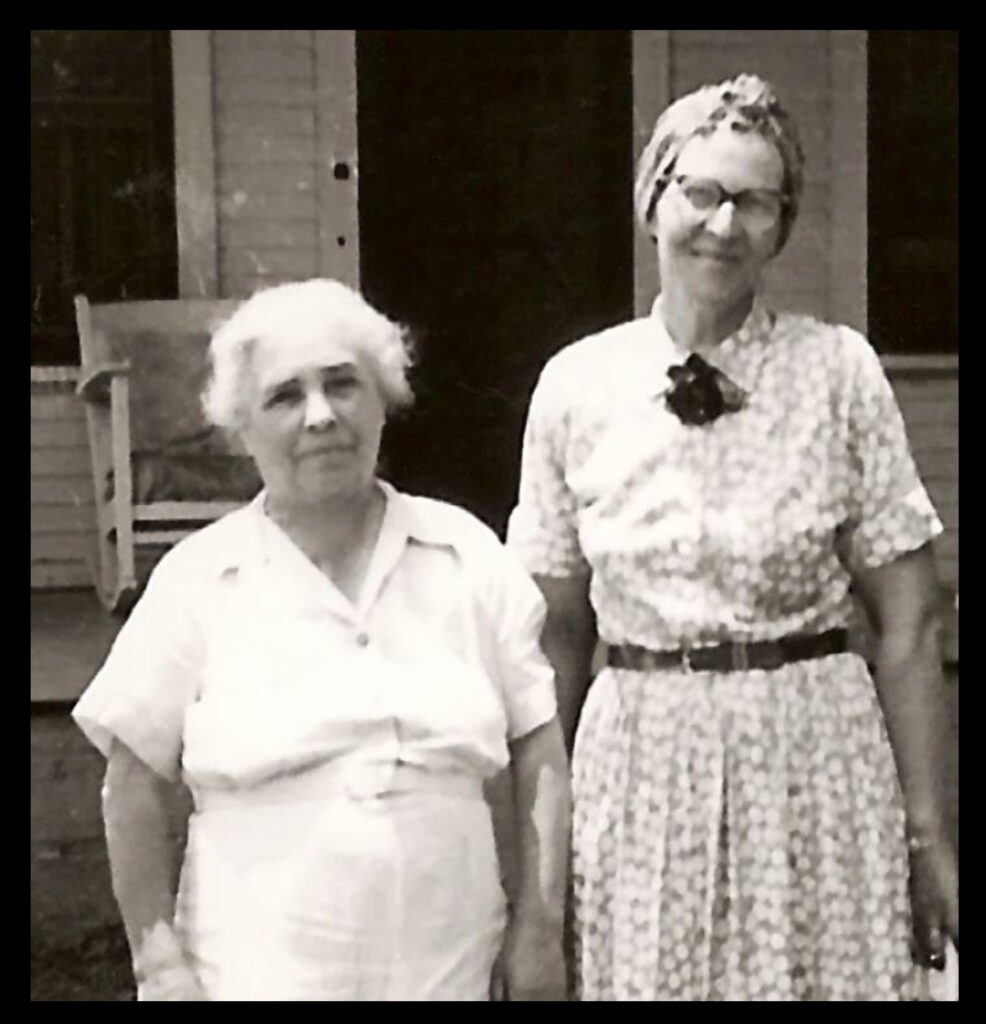Listen to an AI generated podcast based on the newspaper articles of the trials.
Ray Sink, a 37-year-old prosperous farmer from Sherman County, Oregon, traveled to the Willamette Valley and stayed with his farmhand Will Magers’ brother. During his visit, Ray spent several days with Will. But then, Ray vanished. Suspicion quickly fell on Will Magers. Was he truly guilty, or an innocent man caught in a web of circumstance?
In the sweltering summer of 1898, Will Magers penned a letter to Ray Sink, a prosperous farmer from Sherman County. The words were persuasive, dripping with the promise of opportunity. The Willamette Valley, Magers assured him, held the key to a brighter future. Sink, ever the optimist, took the bait.
He arrived in the valley brimming with ambition, his pockets lined with cash and his eyes set on purchasing a livery stable. He visited Silverton, Gervais, and the scattered hamlets nearby, his every move shadowed by curious glances. After all, a man openly carrying a roll of cash in small towns was bound to turn heads.
During a quiet moment, Sink confided in Magers. His farm was mortgaged, he admitted, and any significant purchase would require him to return home to sort his finances. But Magers wasn’t about to let Ray slip away—not yet.
The two men spent the following days together in Gervais, staying at the home of E.W. Manning, Magers’s brother-in-law. They attended dances, laughed freely, and gave every appearance of two friends enjoying the fleeting days of summer. But behind the camaraderie, a tension simmered—one that would soon boil over into violence.
On the morning of September 13, 1898, Magers and Sink hired a buggy from Manning’s barn. The two men set out towards Salem, the buggy wheels creaking as they disappeared down the dusty road.
In Salem, they stabled their team at Keeler’s feed yard on Center Street, near the imposing silhouette of the steel bridge. Evening crept in, and at 7:00 PM, the pair walked away from the stable together. The shadows of night swallowed them whole.
That was the last time anyone saw Ray Sink alive.
When questioned later, Magers spun a tale for the authorities. He claimed that Sink had met a friend from Newberg in Salem and left with him for a ride, leaving Magers behind. But rumors, like smoke, drifted through the town. Witnesses swore they saw two men, believed to be Sink and Magers, turning off the main road toward Harritt’s gate in Polk County.
Hours passed. At around 11 PM, Magers appeared alone at Skipton’s stable, a shadow among shadows, on the corner of Court and High Streets. He lingered briefly, speaking little, his face a mask of unreadable calm. Then he vanished into the night, arriving at Manning’s hop yard near Gervais around 2 AM.
The next day, without explanation, Magers boarded a train to Portland, accompanied by two women. He stayed there for several days, his movements cloaked in mystery.
The river kept its secret for a week. But on September 20th, the murky waters of the Willamette River, just north of Salem, yielded their grim cargo.
Ray Sink’s lifeless body surfaced, grotesquely weighed down with sash weights and bound with rope taken from Harritt’s gate. The current had tangled the body into an eerie pose, the feet pressed flat against the riverbed as though attempting to stand upright one last time.
The question still hung heavy in the damp autumn air:
Did Will Magers commit this cold-blooded act? Or was he merely a convenient scapegoat for a crime steeped in shadows?






One response to “The Disappearance of Ray Sink”
[…] The Disappearance of Ray Sink The Case Against Will Magers The Defense of Will Magers Timeline of Events in the Murder of Ray Sink In His Own Words: W. G. Magers’ Letter Denying the Murder of Ray Sink […]